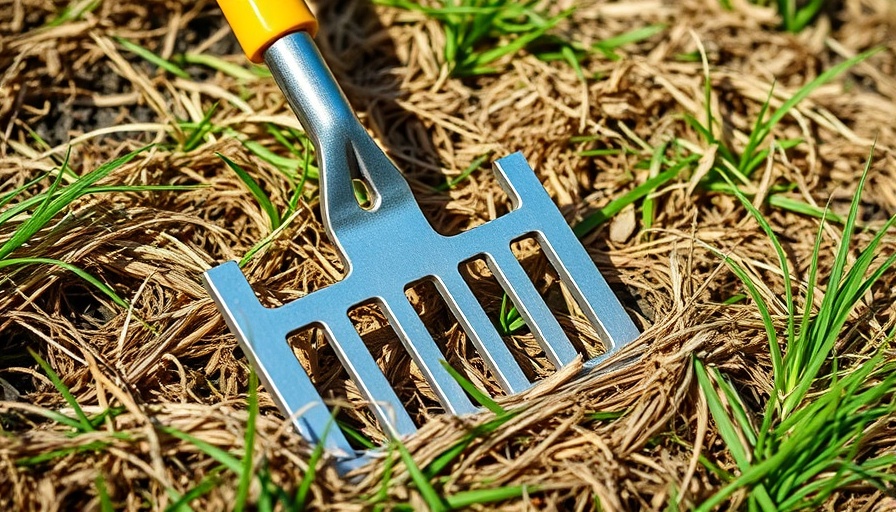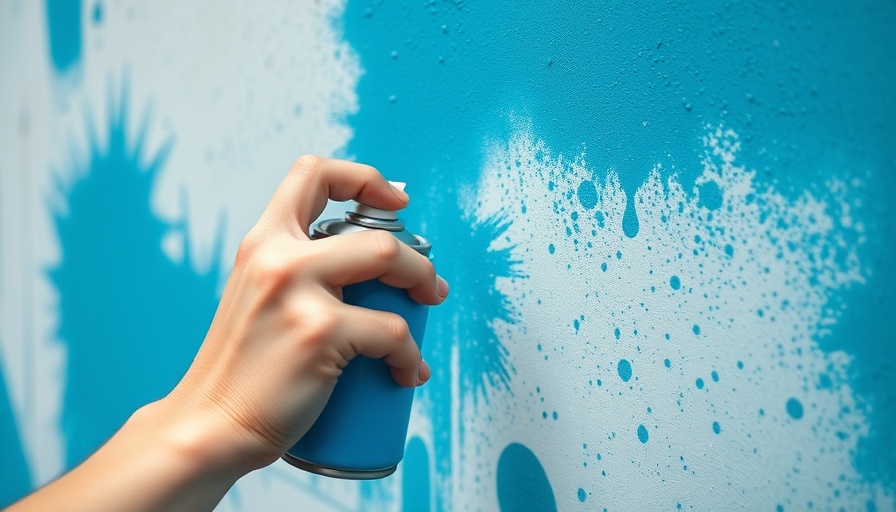
Unlocking the Secrets to a Healthy Lawn: The Importance of Dethatching
As a homeowner in California, maintaining a vibrant lawn is essential not just for aesthetic appeal, but also for fostering a healthy environment. One of the most crucial tasks to achieving this is dethatching, a process that involves removing accumulated dead grass and organic debris from the lawn. Without regular dethatching, lawns can become overwhelmed, leading to poor health for your grass and increased vulnerability to pests and diseases.
What is Dethatching and Why is it Necessary?
Dethatching refers to the removal of a layer of thatch that forms between the soil and the grass blades. While a small amount of thatch (less than half an inch) is beneficial, too much can hinder water and nutrient absorption, essential for your grass's health. Tell-tale signs that your lawn needs dethatching include brown patches, slow growth, and a spongy feel when walked on. For optimal results, homeowners should aim to dethatch their lawns every 2-3 years, targeting early spring or fall when grass is actively growing.
Tools You’ll Need to Dethatch Your Lawn
Before you begin the dethatching process, gather the necessary tools: a dethatching rake, a normal leaf rake, and possibly a powered dethatcher for larger lawns. The right tools will make your task more efficient and effective, allowing you to restore your lawn to its former glory.
Step-by-Step Instructions for Effective Dethatching
1. **Mow Your Lawn**: Start by mowing the grass to about half its usual height. This prevents damage to the grass while allowing you to better access the thatch.
2. **Using a Powered Dethatcher**: If you opt for a powered dethatcher, clear your lawn of any objects, then engage the blades and make overlapping passes across the yard. Remember to use a leaf rake to gather the thatch afterward.
3. **Adjusting the Rake Angle**: When using a manual dethatching rake, adjusting the angle is key to effectiveness. Loosen the wing nuts and position the blades at a steep angle to penetrate the grass sufficiently. Start gentle to avoid damaging your lawn.
Understanding the Impact of Dethatching on Your Lawn Health
Regular dethatching can significantly enhance your lawn’s health. The removal of thatch encourages deeper root growth, promotes better absorption of water and nutrients, and allows for healthier air flow to the soil. This can also lead to a more resistant lawn against pests and disease.
Best Practices for Dethatching: Timing is Everything
The best time to dethatch is either early spring or early fall when your lawn is poised for recovery. Pay attention to local climate patterns in California and adjust your dethatching schedule accordingly.
Common Misconceptions About Dethatching
Many homeowners mistakenly believe that dethatching is a task that involves aggressive and harmful actions to the grass. In reality, when done correctly, dethatching is a beneficial practice that encourages lawn health, not harm. Understanding the process can alleviate these concerns and empower homeowners to take action.
Take Action: Transform Your Lawn Today!
For California homeowners looking to enhance their lawns, understanding and implementing dethatching techniques is a must. With a bit of dedication and the proper tools, you can enjoy a healthier, more vibrant lawn. Don't let thatch ruin your grass's potential—address it today and watch your garden flourish!
 Add Row
Add Row  Add
Add 




Write A Comment